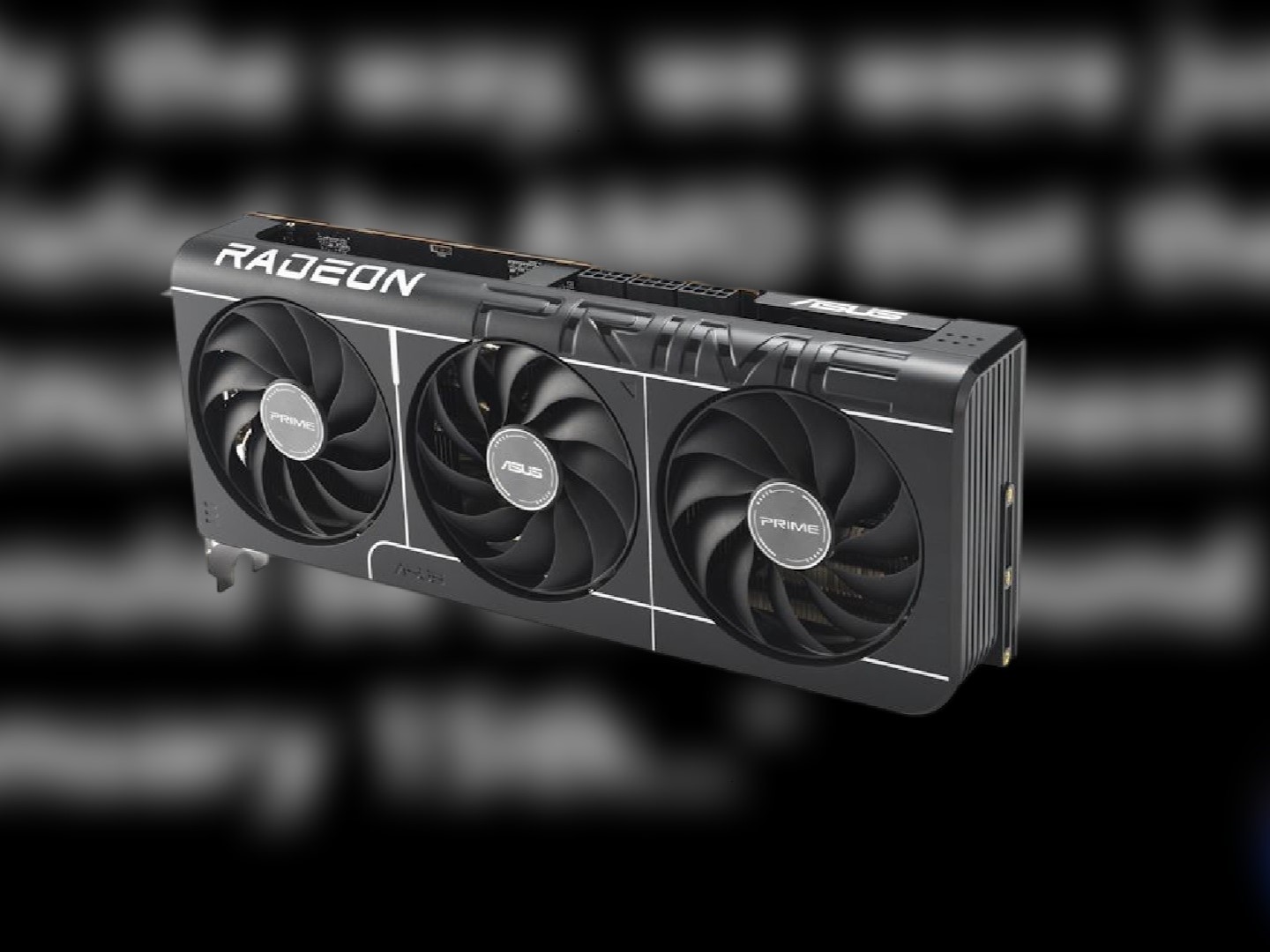AMD Radeon RX 9070 XT Review: The New Midrange Champion?

Introduction
AMD is back in the GPU game, and this time, it means business. The Radeon RX 9070 XT is a high-performance graphics card aimed at 4K gaming and ray tracing, competing directly with NVIDIA's RTX 5070 Ti—but at a significantly lower price.
Price and Value
At just $599, this card delivers outstanding value, especially with FSR 4 AI upscaling, improved ray-tracing performance, and efficient power consumption. But does it truly beat its competitors? Let's dive into the details.
Specifications and Architecture
The RX 9070 XT is built on AMD's RDNA 4 architecture, featuring 4,096 stream processors, a 2970 MHz boost clock, and 16GB of GDDR6 memory on a 256-bit bus. It includes 128 AI accelerators and 64 ray-tracing cores, which greatly improve both upscaling and real-time lighting effects.
Performance vs. NVIDIA RTX 5070 Ti
Compared to NVIDIA's RTX 5070 Ti, which costs $150 more, AMD's GPU offers competitive rasterization performance while keeping power consumption at a reasonable 304W. Unlike NVIDIA's latest GPUs, the RX 9070 XT sticks with standard dual 8-pin PCIe connectors, making it an easier upgrade for most users.
FSR 4: AI-Powered Upscaling
One of the biggest improvements in the RX 9070 XT is FidelityFX Super Resolution 4 (FSR 4), AMD's AI-powered upscaling technology.
This new version brings better image quality with less blurring and ghosting compared to previous FSR versions. It doesn't necessarily boost frame rates over FSR 3.1 but offers much sharper visuals, especially in textures and fine details.
However, FSR 4 does come with a performance hit of around 10–20% in some games. Thankfully, AMD allows users to toggle between FSR 3.1 (for better FPS) and FSR 4 (for higher visual quality) in the Adrenalin software.
Gaming and Ray Tracing Performance
The RX 9070 XT delivers strong competition to NVIDIA's RTX 5070 Ti, often matching or surpassing it in gaming performance.
For ray tracing, the RX 9070 XT still trails NVIDIA slightly, but it performs significantly better than AMD's previous generation. Metro Exodus at 4K with ray tracing sees the RX 9070 XT reaching 47 FPS, only one frame behind the RTX 5070 Ti. This marks a major improvement for AMD in real-time lighting effects.
Cooling and Power Efficiency
Despite its high performance, the RX 9070 XT runs impressively cool. The Sapphire Pulse variant maintained a temperature of 72°C under load, running cooler than the RTX 5070 Ti.
The card uses dual 8-pin PCIe connectors instead of NVIDIA's controversial 12VHPWR connectors, reducing the risk of compatibility issues. AMD recommends a 700W power supply, though a 750W PSU is ideal for overclocking.
AI and Productivity Performance
While the RX 9070 XT excels in gaming, its AI processing still lags behind NVIDIA.
In AI text generation benchmarks, AMD's AI accelerators performed below expectations, with NVIDIA's RTX 5070 Ti delivering faster token processing speeds. Similarly, Adobe Premiere Pro rendering was slightly better on NVIDIA's hardware.
For Blender rendering and AI-driven workloads, NVIDIA remains the preferred choice due to its superior AI cores. However, for gamers who don't need AI-heavy workloads, the RX 9070 XT still offers better raw performance per dollar.
Expert Insights
- 4K Performance: Excellent, often matching or surpassing the RTX 5070 Ti in non-ray-traced titles.
- FSR 4 vs. DLSS 3: FSR 4 improves image quality, but DLSS 3 still leads in AI-generated frames.
- Power Requirements: 700W PSU recommended; 750W ideal for overclocking.
- Clock Speeds: Despite fewer compute units, higher clock speeds boost overall performance.
Verdict: The Best Midrange GPU of 2025?
Overall, the AMD Radeon RX 9070 XT is an outstanding choice for high-end gaming at a midrange price. If you're looking for the best value 4K gaming GPU of 2025, this is the card to get.
If AMD can keep the RX 9070 XT in stock at $599, this could easily be the best midrange GPU of the year.
About the Author

Olivia Blake | Editor
A former marketing and advertising professional turned passionate content creator, I specialize in crafting engaging and impactful articles that connect with audiences. With a love for storytelling and a knack for creative expression, I bring brands and ideas to life through compelling narratives, thoughtful strategy, and authentic voice. My work bridges creativity with purpose—whether it’s developing content that educates, inspires, or entertains. Always curious and adaptable, I thrive in exploring new trends, industries, and platforms to create content that not only resonates but also drives meaningful results.
